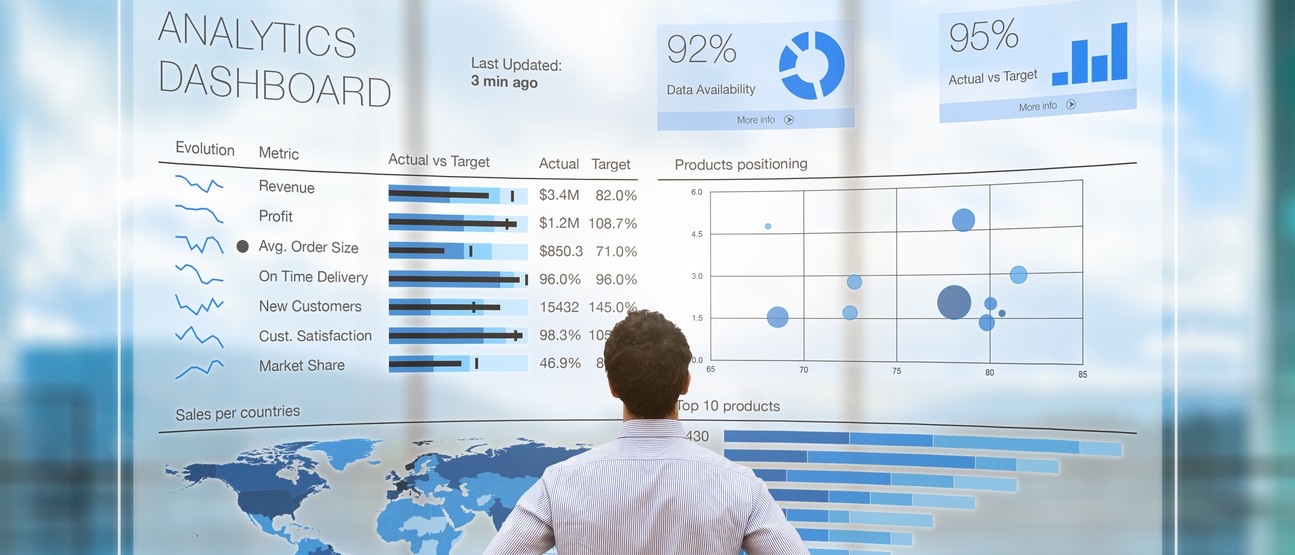Mikael Berndtsson
School of Informatics


All decision-makers struggle to understand trends and interpret numbers in an attempt to find the best way forward. To ensure that decisions are not based solely on anecdotal stories and gut feelings, they need to be backed up with collected data. Data-driven decisions often lead to greater success, higher productivity and increased profits, but it is important to understand the opportunities and pitfalls along the way.
When there is a need to analyse trends, several questions often arise: Can we trust the figures? What is the next step? What is the best way forward? One common mistake in these situations is to make decisions based purely on gut feeling or personal experience, rather than on real data. Business intelligence involves collecting, processing and analysing data to make the right decisions, for example in connection with sales, maintenance and manufacturing.
The data can be analysed from at least three different perspectives, depending on the aim.
The literature contains examples of businesses that see themselves as data-driven in their decisions often being industry leaders, having higher productivity levels and making more profit than their competitors who base decisions mostly on gut feelings and individual employees’ opinions.
Many obstacles can arise along the road towards a more data-driven organisation. There may be resistance among employees. There may also be a lack of strategy, knowledge, management support, relevant data or alignment between vision and practice. WISER offers courses to raise awareness of business intelligence and data-driven organisations. These courses are primarily aimed at people in any kind of decision-making position, at any level, who want to be better at understanding the concepts and identifying the barriers and opportunities in order to create a more data-driven business.